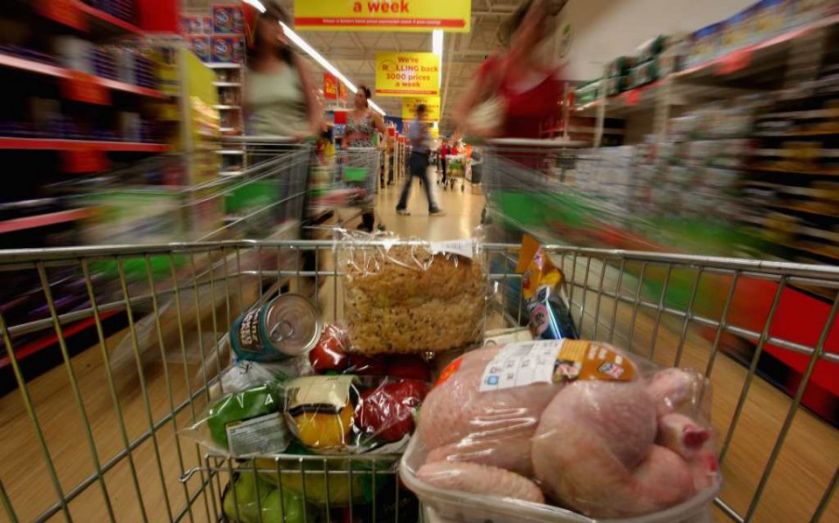Nightmare on high street: How discounters stole Tesco’s market share

Although at first glance any shift in the share of the grocery market seems slim, the changes that have taken place over the last two years tell an interesting story.
It shows the gradual increase of smaller companies such as Aldi, Lidl and Waitrose at the expense of larger chains such as Tesco, Sainsbury’s and Morrisons.
Particularly interesting is the increase in the market share of discount stores such as Aldi and Lidl. These have increased by 1.8 and 1 percentage points respectively since January 2013, according to grocery share figures from Kantar Worldpanel.
Along with Iceland, these discounters now make up 10.7 per cent of the grocery market – up from eight per cent two years ago.
The discounters are benefiting from disruption within the market – Aldi’s sales are 25.5 per cent higher than last year, while Lidl’s are up 16.8 per cent.
The biggest drop belonged to Tesco, the largest supermarket in the UK. Its market share dropped by 1.3 percentage points over two years as it struggled to deal with a series of profit warnings and scandals.
The rate at which it is losing ground, however, has slowed slightly in the last few months – indeed, it increased by 0.4 per cent in the last month.
Asda, Sainsbury’s and Morrisons all saw their share in the market fall as consumers switched to discount supermarkets.
The major supermarkets have all had a difficult period, hit not only by the flow of shoppers towards cheaper alternatives, but also reduced revenues as they cut prices in an attempt to compete.
Asda had the best performance of the "big four". Its sales have fallen in line with the overall market and its market share only fell slightly.
In November 2014, Kantar reported the first contraction in the British grocery market since records began in 1992 – with sales down 0.2 per cent compared with last year.